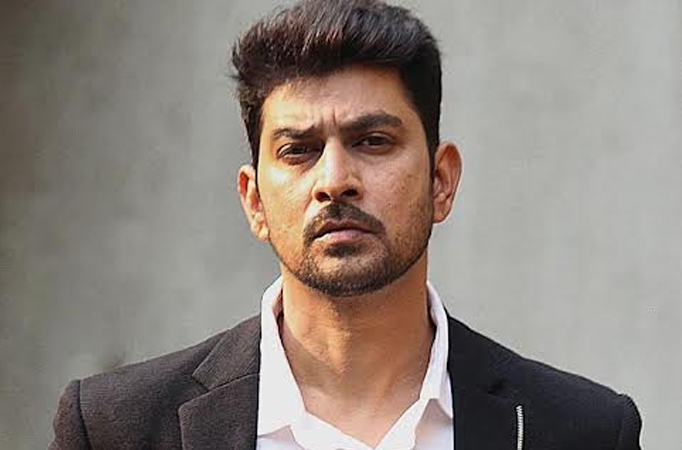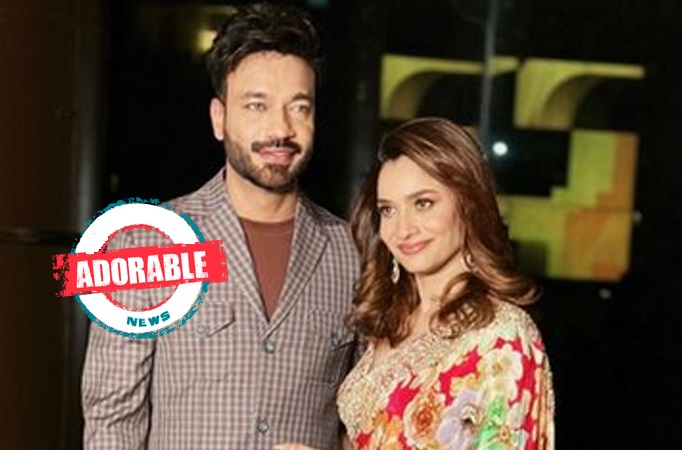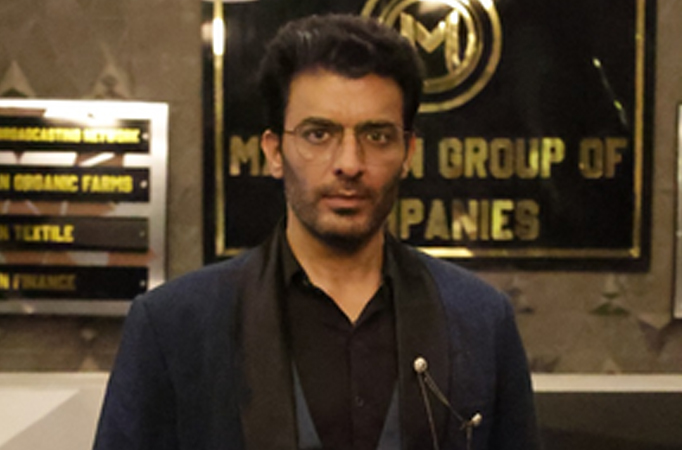Maharana Pratap
 Maharana Pratap Watch Online was a Hindu Rajput ruler of Mewar, a region in north-western India in the present day state of Rajasthan. He belonged to the Sisodiya clan of Rajputs. In popular Indian culture, Pratap is considered to exemplify qualities like bravery and chivalry to which Rajputs aspire, especially in context of his opposition to the Mughal emperor Akbar.
Maharana Pratap Watch Online was a Hindu Rajput ruler of Mewar, a region in north-western India in the present day state of Rajasthan. He belonged to the Sisodiya clan of Rajputs. In popular Indian culture, Pratap is considered to exemplify qualities like bravery and chivalry to which Rajputs aspire, especially in context of his opposition to the Mughal emperor Akbar.
In 1568, during the reign of Udai Singh, Chittor was conquered by the Mughal Emperor Akbar after the third Jauhar at Chittor.
However, Udai Singh and the royal family of Mewar had left before the fort was captured and moved to the foothills of the Aravalli Range where Udai Singh had already founded the city of Udaipur in 1559. Rana Udai Singh had wished Jagmal, his son, from his favorite – the Bhatiyani queen to succeed him. But after his death the senior nobles wanted Pratap, the eldest son, to be their king as was customary. During the coronation ceremony, Jagmal was physically moved out of the palace by the Chundawat Chief and Tomar chief Ramshah and prevailed upon Pratap, who was crowned as the next Rana of Mewa Chittorgarh, Pratap’s ancestral home, was under Mughal occupation.
Living a life on the run, the dream of reconquering Chittor (and thus reclaiming the glory of Mewar) was greatly cherished by Pratap, and his future efforts were bent towards this goal. Nearly all of Pratap’s fellow Rajput chiefs had meanwhile entered into the vassalage of the Mughals. Even Pratap’s own brothers, Shakti Singh and Sagar Singh, served Akbar. Indeed, many Rajput chiefs, such as Raja Man Singh of Amber (later known as Maharaja of Jaipur) served as army commanders in Akbar’s armies and as members of his council. Akbar sent a total of six diplomatic missions to Pratap, seeking to negotiate the same sort of peaceful alliance that he had concluded with the other Rajput chiefs. This is clearly evidential of the ends sought by each of the two rulers.
On June 21, 1576 (June 18 by other calculations), the two armies met at Haldighati, near the town of Gogunda in present-day Rajasthan. While accounts vary as to the exact strength of the two armies, all sources concur that the Mughal forces outnumbered Pratap’s men. However, the numerical superiority of the Mughal army and their artillery began to tell. Seeing that the battle was favoring Akbar and with the huge amount of death of soldiers on both sides, Pratap’s generals prevailed upon him to flee the field so as to be able to fight another day. Myths indicate that to facilitate Pratap’s escape, one of his lieutenants, a member of the Jhala clan, donned Pratap’s distinctive garments and took his place in the battlefield. He was soon killed.
Meanwhile, Pratap was able to successfully evade captivity and escape to the hills. It is said that Shakti Singh, Pratap’s brother, who was fighting from side of Mughals, came to Pratap’s side at this time and gave him his horse Unkar to escape. He also killed two Afghan horse riders, who had followed Pratap to the spot. The battle of Haldighati has commanded a lasting presence in Rajasthani folklore, and the persona of Pratap Singh, is celebrated in a folk song “O Neele Ghode re Aswar” (O Rider of the Blue Horse).









